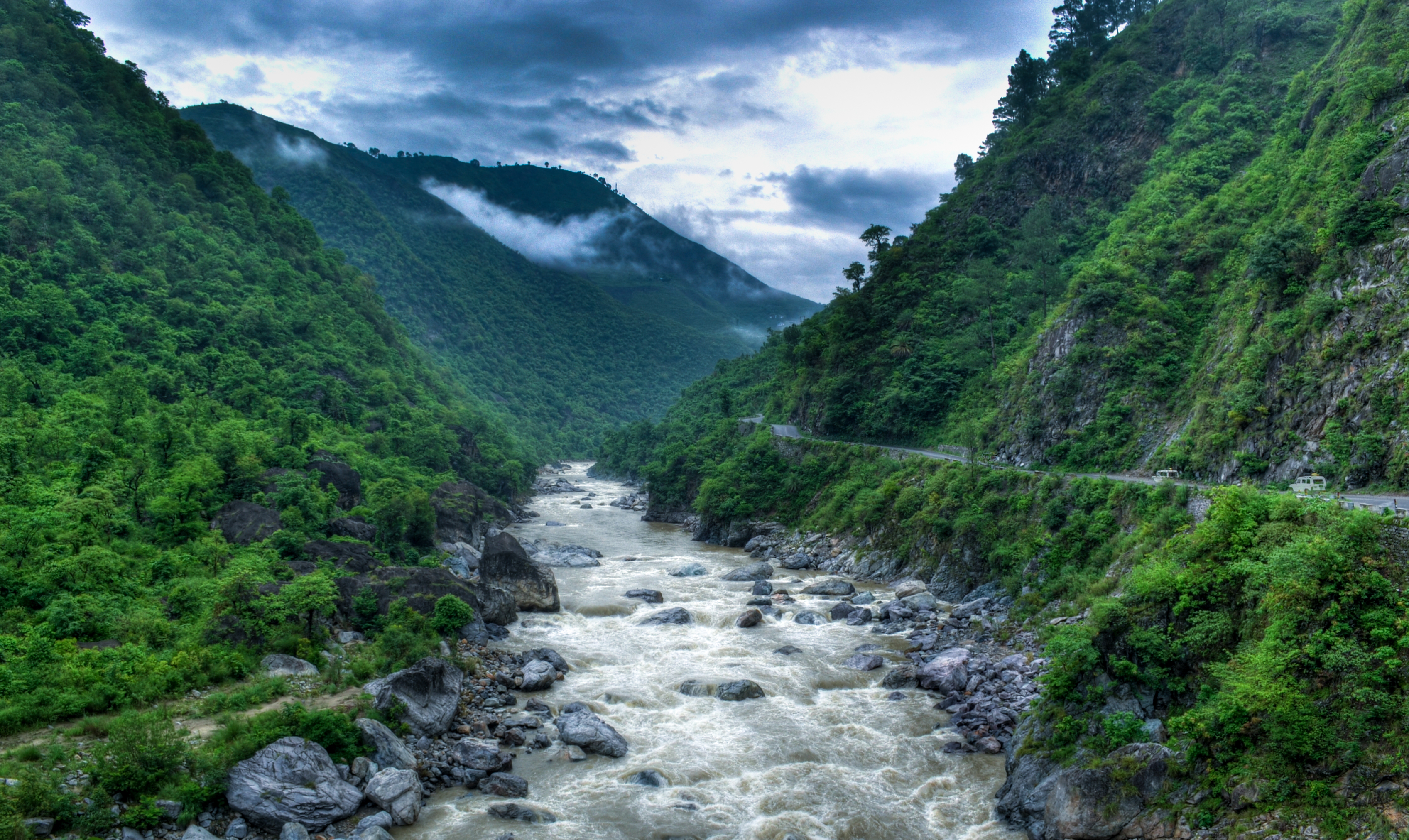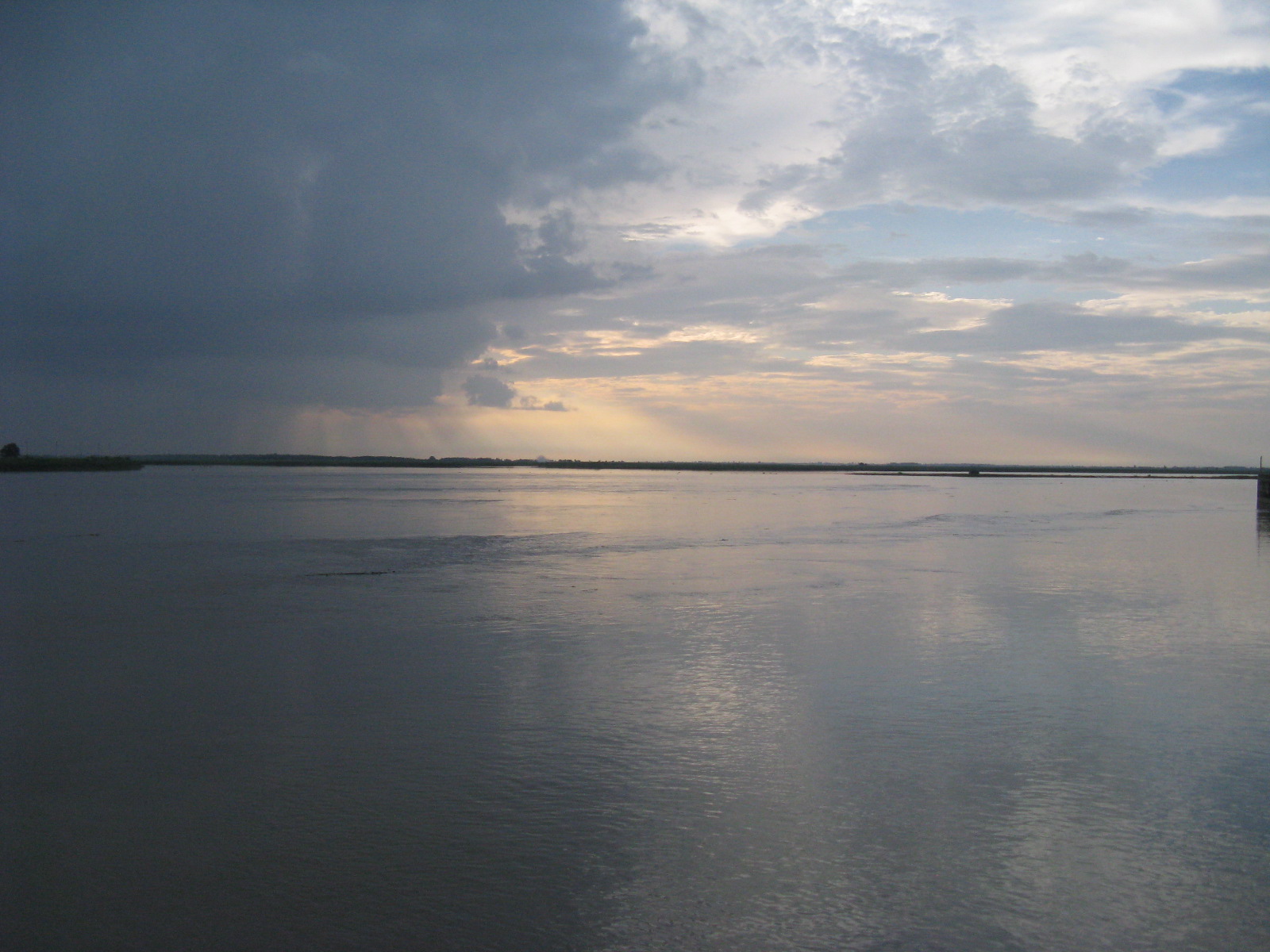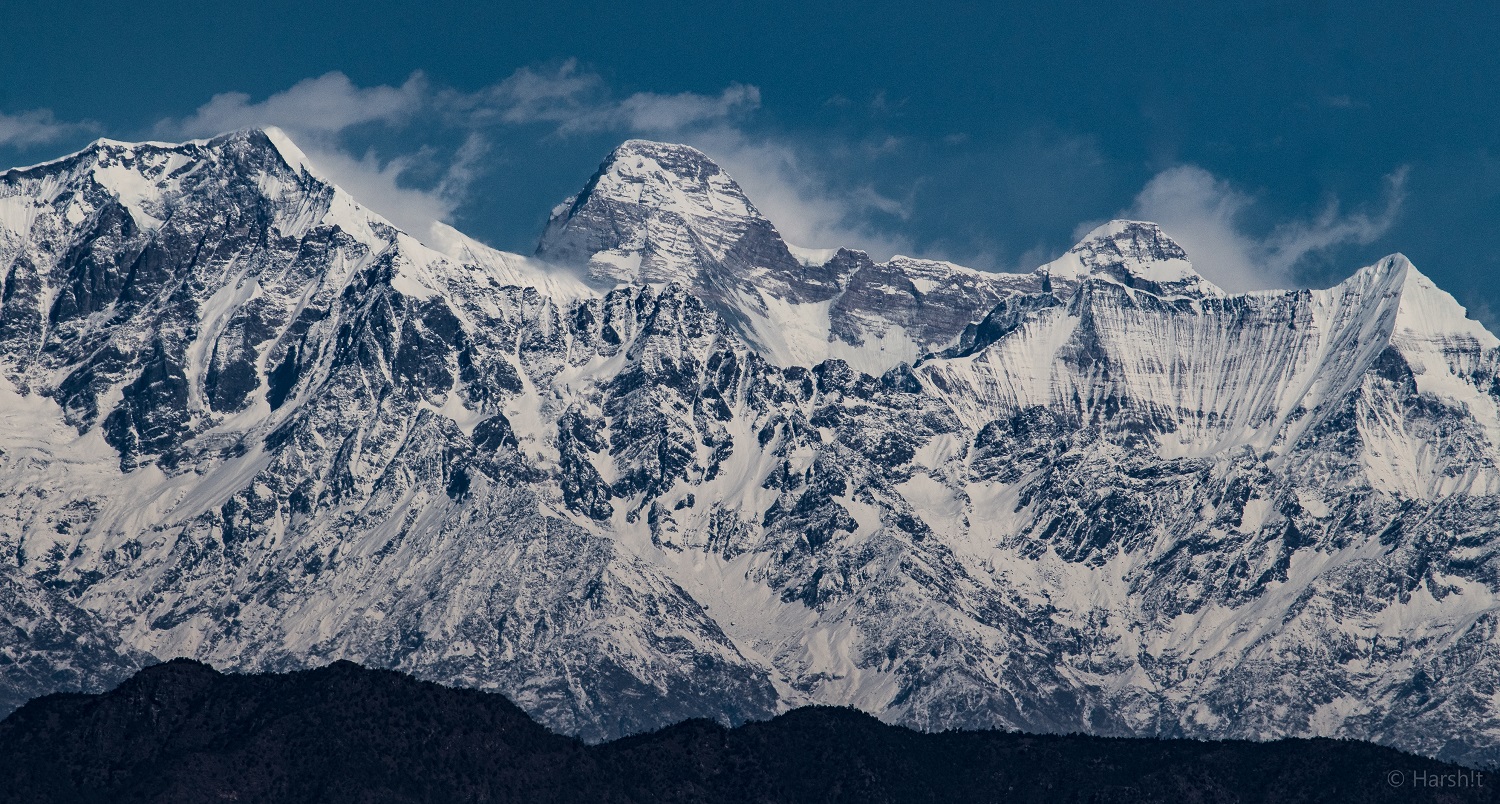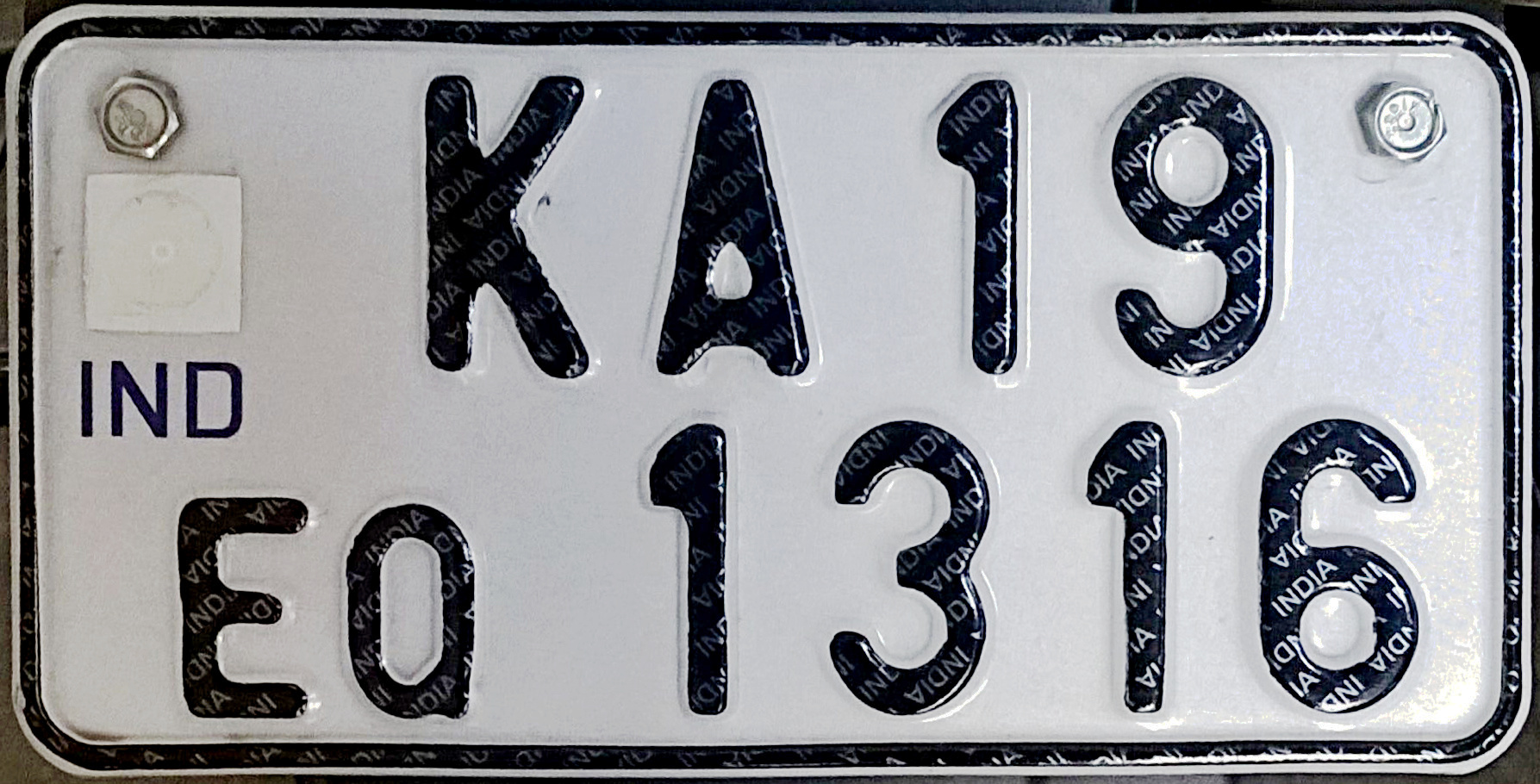|
Kumaon Hills
Kumaon (; Kumaoni: ''Kumāū''; ; historically romanized as KemāonJames Prinsep (Editor)John McClelland ) is a revenue and administrative division in the Indian State of Uttarakhand. It spans over the eastern half of the state and is bounded on the north by Tibet, on the east by Nepal, on the south by the state of Uttar Pradesh, and on the west by Garhwal. Kumaon comprises six districts of the state: Almora, Bageshwar, Champawat, Nainital, Pithoragarh and Udham Singh Nagar. Historically known as Manaskhand and then Kurmanchal, the Kumaon region has been ruled by several Hindu dynasties over the course of history; most notably the Katyuris and the Chands. The Kumaon division was established in 1816, when the British reclaimed this region from the Gorkhas, who had annexed the erstwhile Kingdom of Kumaon in 1790. It was formed into a division of what was then called Ceded and Conquered Provinces, later known as United Provinces. In independent India the state was called Utt ... [...More Info...] [...Related Items...] OR: [Wikipedia] [Google] [Baidu] |
Divisions Of India
India is a union of states and union territories as per article 1 of the Indian Constitution. Some states and union territories are further divided into divisions, which are made up of groups of districts. A division is led by an officer of the Indian Administrative Service, known as a divisional commissioner. There are 102 divisions in India. The states of Andhra Pradesh, Goa, Gujarat, Kerala, Manipur, Mizoram, Sikkim, Tamil Nadu, Telangana, and Tripura as well as five of the union territories are not divided into divisions. Overview Regions within states Some states consist of regions, which have no official administrative governmental status. They are purely geographic regions; some correspond to historic countries, states or provinces. A region may comprise one or more divisions, averaging about three divisions per region. However, the boundaries of the regions and the boundaries of the divisions do not always coincide exactly. So far there has been no movement ... [...More Info...] [...Related Items...] OR: [Wikipedia] [Google] [Baidu] |
Udham Singh Nagar District
Udham Singh Nagar District (officially District of Udham Singh Nagar )is a district of Uttarakhand state in northern India. Rudrapur is the district headquarters. This district consists of nine Tehsils named Bajpur, Gadarpur, Rudrapur, Jaspur, Kashipur, Kichha, Khatima, Sitarganj, Nanakmatta. The district is located in the Terai region, and is part of Kumaon Division. It is bounded on the north by Nainital District, on the northeast by Champawat District, on the east by Nepal, and on the south and west by Bareilly, Rampur, Moradabad, Pilibhit and Bijnor District of Uttar Pradesh state. The district was created on 29 September 1995, by Mayawati government out of Nainital District. It is named for freedom fighter and Indian revolutionary Udham Singh. As of 2011, it is the third most populous district of Uttarakhand (out of 13), after Haridwar and Dehradun. Tehsils in Udham Singh Nagar district # Kashipur # Jaspur # Bajpur # Gadarpur # Rudrapur # Kichha # Sitarganj # Nanak ... [...More Info...] [...Related Items...] OR: [Wikipedia] [Google] [Baidu] |
Sharda River
The Sharda River, also called Kali River and Mahakali River, originates at Kalapani in the Himalayas at an elevation of in the Pithoragarh district in Uttarakhand, India. It flows along Nepal's western border with India and has a basin area of . It joins Ghaghra River, a tributary of the Ganges. It takes the name Kali River from the union of the two streams at Gunji as it flows through the hills. After Brahmadev Mandi near Tanakpur, it enters the Terai plains, where it is called Sharda River. It offers potential for hydroelectric power generation. The river is also proposed as source for one of the many projects in the Himalayan component of the Indian Rivers Inter-link project. Etymology and naming It is named after Śāradā, which is another name for Saraswati, the goddess of learning. It is called Mahakali River in ne, महाकाली नदी, mahākālī nadī, , in Hindi, and Kali Gad (Kumaoni: काली गाड़, ''kālī gād'') or Kali Ganga in ... [...More Info...] [...Related Items...] OR: [Wikipedia] [Google] [Baidu] |
Sunanda Devi
Nanda Devi East ( deva, नंदा देवी पूर्व), locally known as Sunanda Devi, is the lower of the two adjacent peaks of the highest mountain in Uttarakhand and second highest mountain in India; Nanda Devi is its higher twin peak. Nanda Devi and Nanda Devi East are part of the Garhwal Himalayas, and are located in the state of Uttarakhand. The graceful peaks of twin mountains are visible from almost everywhere in Kumaon. The first ascent to Nanda Devi East peak in recorded history appears to be in 1939 by Jakub Bujak and Janusz Klarner. The elevation of Nanda Devi East is and its prominence is . Religious significance Nanda Devi East is the lower eastern summit of the twin peaks of Nanda Devi a two-peaked massif, forming a 2 kilometres long ridge, oriented east-west. The western summit is higher, and the eastern summit called Nanda Devi East is also locally referred to as Sunanda Devi. Together the peaks may be referred to as the peaks of the goddesses Nand ... [...More Info...] [...Related Items...] OR: [Wikipedia] [Google] [Baidu] |
Nanda Devi
Nanda Devi is the second-highest mountain in India, after Kangchenjunga, and the highest located entirely within the country (Kangchenjunga is on the border of India and Nepal). It is the 23rd-highest peak in the world. Nanda Devi was considered the highest mountain in the world before computations in 1808 proved Dhaulagiri to be higher. It was also the highest mountain in India until 1975, when Sikkim, an independent kingdom until 1948 and a protectorate of India thereafter, became a part of the Republic of India. It is located in Chamoli Garhwal district of Uttarakhand, between the Rishiganga valley on the west and the Goriganga valley on the east. The peak, whose name means "Bliss-Giving Goddess", is regarded as the patron goddess of the Garhwal and Kumaon Himalayas. In acknowledgment of its religious significance and for the protection of its fragile ecosystem, the Government of India declared the peak as well as the circle of high mountains surrounding it—the Nanda ... [...More Info...] [...Related Items...] OR: [Wikipedia] [Google] [Baidu] |
Vehicle Registration Plates Of India
All motorised road vehicles in India are tagged with a registration or licence number. The Vehicle registration plate (commonly known as number plate) number is issued by the district-level Regional Transport Office (RTO) of respective states — the main authority on road matters. The number plates are placed in the front and back of the vehicle. By law, all plates are required to be in modern Hindu-Arabic numerals with Latin letters. The international vehicle registration code for India is IND. Colour coding Permanent Registration * Private vehicles: ** Private vehicles, by default, have black lettering on a white background (e.g. ). ** Vehicles which run purely on electricity have white lettering on a green background (e.g. ) * Commercial vehicles: ** Commercial vehicles such as taxis, buses and trucks, by default, have black lettering on a yellow background (e.g. ). ** Vehicles available on rent for self-drive have yellow lettering on a black background (e.g. ). ** V ... [...More Info...] [...Related Items...] OR: [Wikipedia] [Google] [Baidu] |
Indian Standard Time
Indian Standard Time (IST), sometimes also called India Standard Time, is the time zone observed throughout India, with a time offset of UTC+05:30. India does not observe daylight saving time or other seasonal adjustments. In military and aviation time, IST is designated E* ("Echo-Star"). It is indicated as Asia/Kolkata in the IANA time zone database. History After Independence in 1947, the Union government established IST as the official time for the whole country, although Kolkata and Mumbai retained their own local time (known as Calcutta Time and Bombay Time) until 1948 and 1955, respectively. The Central observatory was moved from Chennai to a location at Shankargarh Fort in Allahabad district, so that it would be as close to UTC+05:30 as possible. Daylight Saving Time (DST) was used briefly during the China–India War of 1962 and the Indo-Pakistani Wars of 1965 and 1971. Calculation Indian Standard Time is calculated from the clock tower in Mirzapur nearly exa ... [...More Info...] [...Related Items...] OR: [Wikipedia] [Google] [Baidu] |
Kumaoni People
Kumaonis, also known as Kumaiye and Kumain (in Nepal), are an Indo-Aryan ethno-linguistic group who speak Kumaoni language as their first-language and live mostly in Kumaon region in the Indian Himalayas . Kumaoni is also used as an address for people who have their origin in Kumaon. The word ''Kumain'' is a direct derivative of Kumaoni. History Worshipping Vishnu and Shiva is predominant in this region. According to ''Skanda Purana''. Kumaon is believed to be the birth place of Kurma avtar of Hindu god Vishnu. Kurmanchal Kingdom Kurmanchal kingdom was a medieval kingdom of Kumaon. it was established by Vasudeo Katyuri and capital was Baijnath, it was one of the oldest Himalayan kingdoms and unified most of the Himalayas and was extended from Sikkim in the east to Kabul in the west at its peak, after the fall of the kingdom it was divided into 8 different princely states. The next ruling clan of Kumaon was 'Manrals' the dynasty at its peak controlled Tons to Karnai ... [...More Info...] [...Related Items...] OR: [Wikipedia] [Google] [Baidu] |
Bhoksa People
Bhoksa, also known as Buksa/Bukhasiya, are indigenous peoples living mainly in the Indian states of Uttarakhand and Uttar Pradesh. They are mostly concentrated in Dehradun and Nainital districts in the foothills of the outer Himalayas. They are also found in the Bijnor district of Uttar Pradesh, where they are known as Khas. Both communities have been granted Scheduled Tribe status. History The Bhoksa speak the Buksa language. The language is spoken in Uttarakhand, mainly in southwestern Nainital district, along a diagonal from Ramnagar to Dineshpur. It is spoken around 130 villages in Kichha and Kashipur tehsils, some in Bijnor and Pauri Garhwal district. Present circumstances , the Bhoksa of Uttarakhand were classified as a Scheduled Tribe under the Indian government's reservation program of affirmative action. As ''Buksa'', they are similarly classified in Uttar Pradesh. See also *List of Scheduled Tribes in Uttar Pradesh The Scheduled Tribes recognised by the st ... [...More Info...] [...Related Items...] OR: [Wikipedia] [Google] [Baidu] |
Shaukas
{{Use dmy dates, date=July 2017 The Shauka people are Tibeto-Burman ethnic group living in the Johar Valley of Gori Ganga river in Munsyari, tehsil of the Pithoragarh District in Kumaon, India. See also *Kumaon *Kumauni people Further reading "Zu einer Zeit, als Bäume und Gräser noch sprechen konnten...". Sozioökonomie, Kosmologie und Mythologie der Rang-Shauka im zentralindischen Himalaya (Taschenbuch) von Sabine Leder* ''History of the Origin of Shauka Tribe of Middle Himalayas'', by Negi Girdhar Singh, Dept. of History, Kumaon University Kumaun University is a state university headquartered in Nainital, Uttarakhand, India India, officially the Republic of India (Hindi: ), is a country in South Asia. It is the List of countries and dependencies by area, seventh-largest ..., Nainital. 2006. Lucknow Journal of Social Sciences. 2006, Volume 3, Issue 2ISSN 0974-8148 References Kumaon division Scheduled Tribes of India People from Pithoragarh Social ... [...More Info...] [...Related Items...] OR: [Wikipedia] [Google] [Baidu] |
Kumaoni Language
Kumaoni (; ) is an Indo-Aryan language spoken by over two million people of the Kumaon region of the state of Uttarakhand in northern India and parts of Doti region in Western Nepal. As per 1961 survey there were 1,030,254 Kumaoni speakers in India. The number of speakers increased to 2.2 million in 2011. Kumaoni is not endangered but UNESCO's ''Atlas of the World's Languages in Danger'' designates it as a language in the ''unsafe'' category, meaning it requires consistent conservation efforts. Script Kumaoni uses the Devanagari script. Geographic distribution and dialects There are several dialects spoken in the Kumaon region. There is not single accepted method of dividing up the dialects of Kumaoni. Broadly speaking, Kali (or Central) Kumaoni is spoken in Almora and northern Nainital. North-eastern Kumaoni is spoken in Pithoragarh. South-eastern Kumaoni is spoken in South-eastern Nainital. Western Kumaoni is spoken west of Almora and Nainital. More specifically: * Johari ... [...More Info...] [...Related Items...] OR: [Wikipedia] [Google] [Baidu] |
Lok Sabha
The Lok Sabha, constitutionally the House of the People, is the lower house of India's bicameral Parliament, with the upper house being the Rajya Sabha. Members of the Lok Sabha are elected by an adult universal suffrage and a first-past-the-post system to represent their respective constituencies, and they hold their seats for five years or until the body is dissolved by the President on the advice of the council of ministers. The house meets in the Lok Sabha Chambers of the Sansad Bhavan, New Delhi. The maximum membership of the House allotted by the Constitution of India is 552 (Initially, in 1950, it was 500). Currently, the house has 543 seats which are made up by the election of up to 543 elected members and at a maximum. Between 1952 and 2020, 2 additional members of the Anglo-Indian community were also nominated by the President of India on the advice of Government of India, which was abolished in January 2020 by the 104th Constitutional Amendment Act, 2019. The ... [...More Info...] [...Related Items...] OR: [Wikipedia] [Google] [Baidu] |



